
Manufacturer 4A vs 3A Molecular Sieves in LNG Dehydration
LNG dehydration mainly uses 4A molecular sieves for water and hydrocarbon removal, while 3A suits cases needing zero hydrocarbon adsorption.
In LNG (Liquefied Natural Gas) processing, 4A molecular sieves are more widely used due to superior dehydration performance and ability to adsorb heavy hydrocarbons, while 3A molecular sieves serve in specific cases such as protecting downstream equipment.
Stronger water adsorption
With a pore size of 4 Å, 4A molecular sieves can adsorb water (2.8 Å) and small molecules such as CO₂ and methanol. They achieve deep dehydration to a dew point below –70 °C, meeting strict pre-liquefaction standards.
Better performance with hydrocarbon-containing gas
LNG feed gas often contains heavy hydrocarbons (e.g., ethane, propane). 4A sieves can adsorb part of these hydrocarbons, reducing the risk of downstream freezing. For example, Dagang Natural Gas Company uses a “high-porosity top layer + 4A molecular sieve bottom layer” configuration to significantly slow dew point degradation.
Proven industrial track record
Projects such as Kunlun Energy’s Huanggang LNG plant and the Inner Mongolia Western Natural Gas project use 4A molecular sieve dehydration, with bed volumes of tens of cubic meters—showing mature, reliable technology.
Catalyst and sensitive equipment protection
With a smaller 3 Å pore size, 3A sieves adsorb only water, excluding unsaturated hydrocarbons like ethylene and propylene. This makes them ideal for cracked gas drying in ethylene production, avoiding hydrocarbon loss.
Lower regeneration energy
Since 3A sieves do not adsorb larger hydrocarbons, regeneration requires less energy. However, in LNG applications, they are rarely used alone.
| Parameter | 4A Molecular Sieve | 3A Molecular Sieve |
|---|---|---|
| Pore size | 4 Å (adsorbs water, CO₂, small hydrocarbon) | 3 Å (adsorbs water only) |
| LNG suitability | Mainstream choice for hydrocarbon-rich gas | Special cases (protecting downstream catalyst) |
| Typical projects | Huanggang LNG, Inner Mongolia LNG | Petrochemical cracked gas drying |
LNG dehydration predominantly relies on 4A molecular sieves for their combined water removal and hydrocarbon adsorption capacity. 3A molecular sieves are used only where hydrocarbon adsorption must be avoided. The final choice depends on feed gas composition (especially heavy hydrocarbon content) and process requirements (such as dew point specifications).

LNG dehydration mainly uses 4A molecular sieves for water and hydrocarbon removal, while 3A suits cases needing zero hydrocarbon adsorption.

Achieve ultra-deep dehydration of cracked gas with 3A molecular sieves—remove water without ethylene/propylene loss, ensuring catalyst life and product purity.
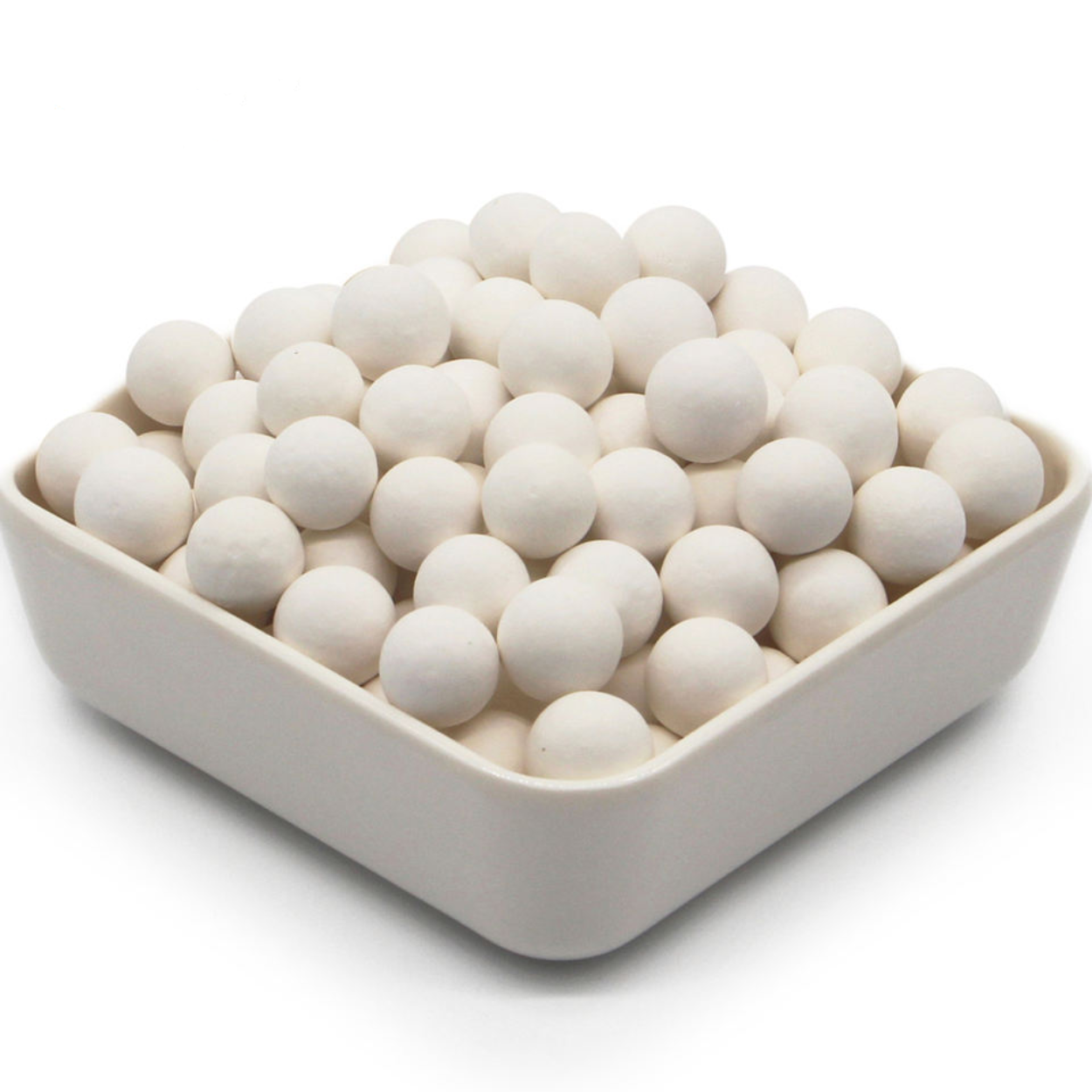
Home Desiccant Activated Alumina for air compressor drying gas purification wholesale Email WhatsApp Product Inroduction: Desiccant Activated Alumina for air
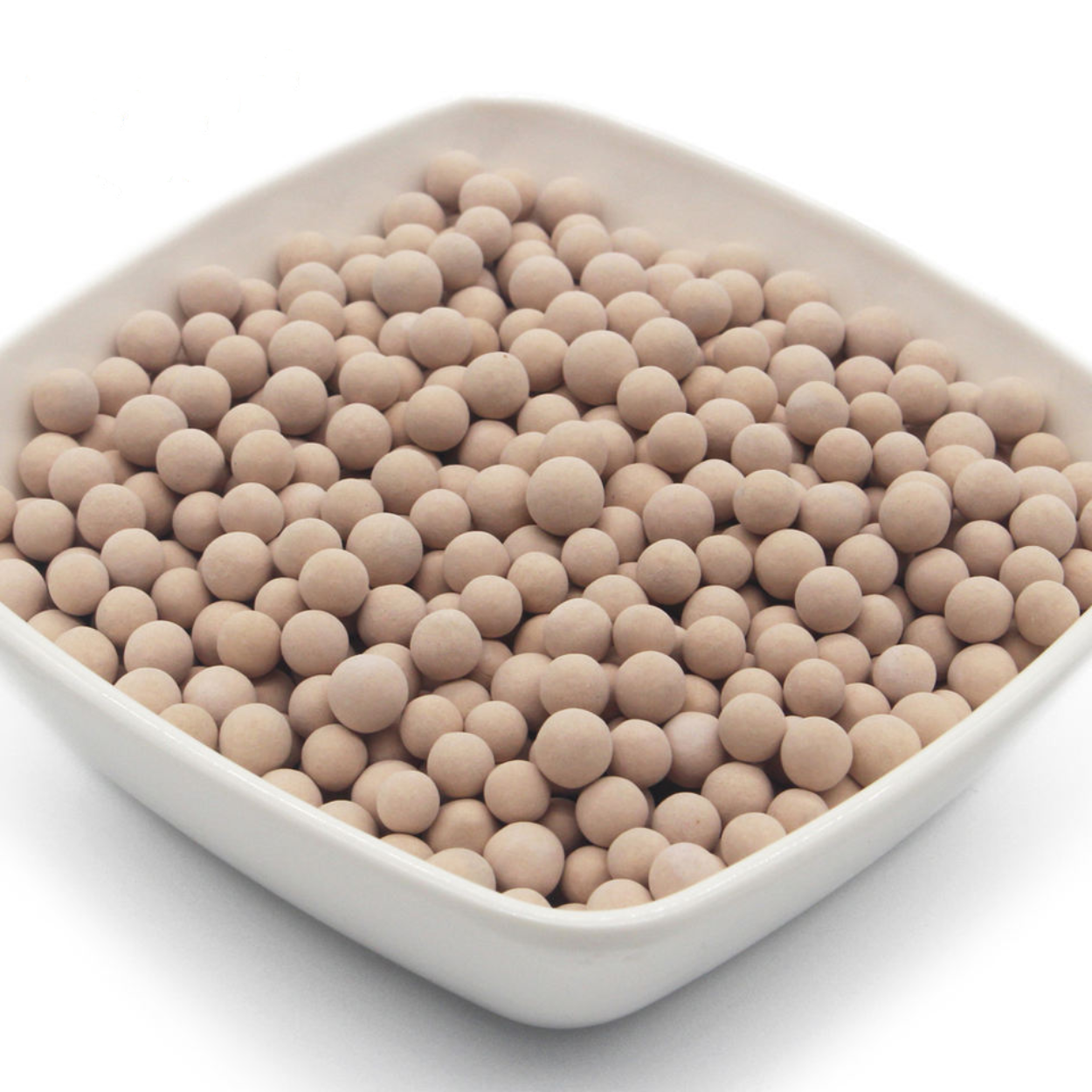
Home Adsorbent Zeolite 13x Molecular Sieve for Removing Odor From LPG in air Freshener Plant Email WhatsApp Product Inroduction: Adsorbent Zeolite
As a leading molecular sieve manufacturer, we share the latest industry news and insights on adsorbents like molecular sieves, sieve powder, and activated alumina.
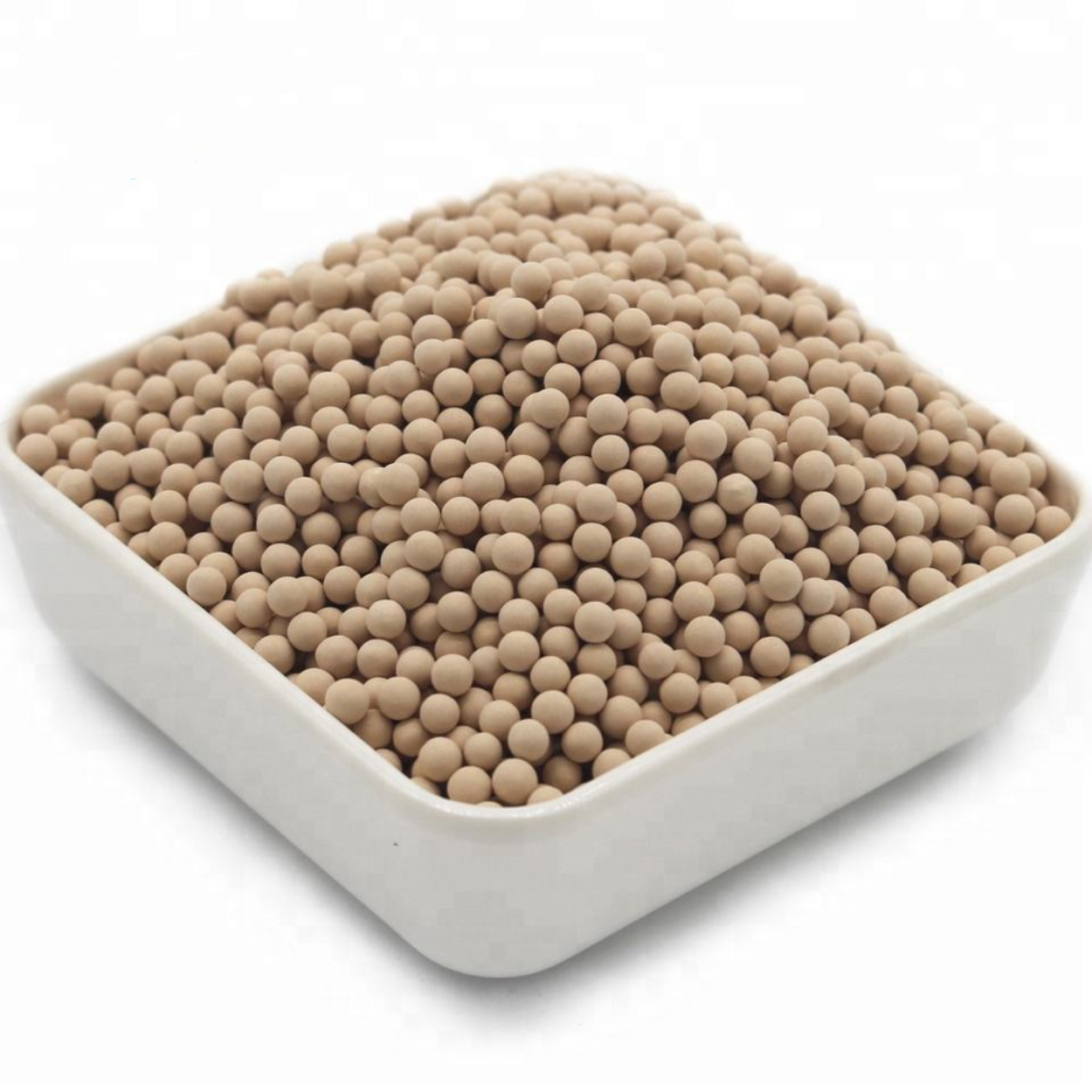
Choosing the right molecular sieve involves several factors, with pore size and polarity matching being the most critical.
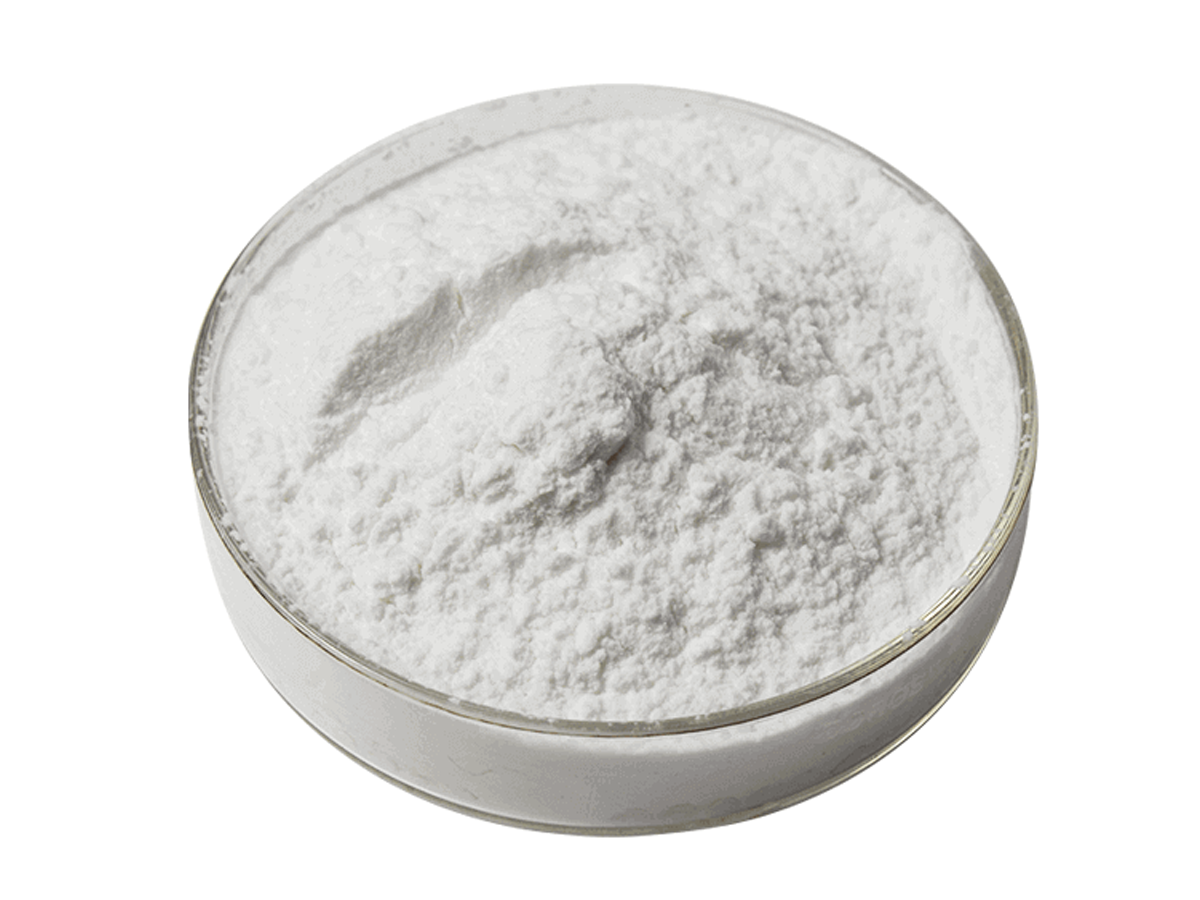
Discover how 3A and 4A molecular sieve powders improve polyurethane by removing moisture, reducing bubbles, and enhancing curing stability.
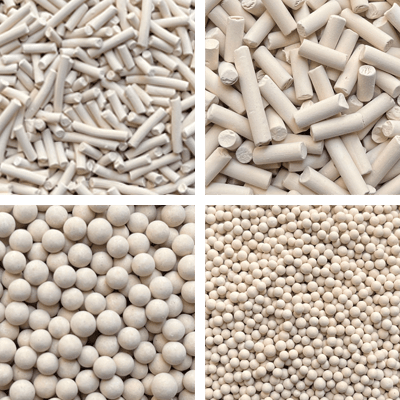
Combined use of 3A & 13X molecular sieves with activated carbon in LPG purification removes H₂S, odor, and moisture, preventing pipeline blockage.